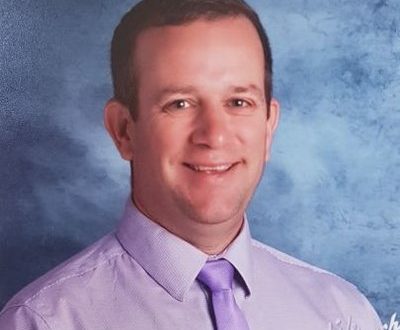From the Editor’s Laptop
Wow! It is so hard to believe that another year is almost over. With only two months left in the school year, many teachers consider this crunch time when we must squeeze everything we haven’t taught yet into the minds of our students. This is when I look back and realize how much my young students have grown since fall.
Yes, these seven-year-olds have grown taller, but their minds are sharper, their thoughts are clearer and their understanding of how the world works is developing continuously. The other day I heard the sweetest thing any math teacher could hear from a student: “When are we doing math?” The students were looking at the daily schedule on the board and realized that math had been substituted with another activity because of a schedule conflict. Well the uproar in my Grade 2 class over not doing math was heart warming. When did these little people decide that they enjoyed math? When did they decide that math was one thing they couldn’t live without? Do I care when? Not at all! My main thought was, “Hooray! They love math.”
They were rewarded with a chance to do math in the computer lab later that day during our technology block. They logged in and went to the National Library of Virtual Manipulatives (www. nlvm.usu.edu) and tried out the base 10 addition application. We had been adding and subtracting with and without regrouping for weeks now using many different strategies including the base 10 blocks. I figured that they would be happy for a half hour or so and then I’d let them do something else. The room was abuzz as they leaned over to discuss each problem with their friends and were excited when they arrived at the right answer. Some students who hadn’t quite realized how “that regrouping thing” worked were enlightened and ran to explain to me how the computer “made a group of 10.” Fifty minutes later 22 students were disappointed when I told them that time was up.
The point of this story is that they didn’t start out this way about math. At the beginning of the year some students loved math, and others just wanted to know if it was lunchtime yet. So how did they develop this love for math? How can I get my next year’s students to feel the same way toward a subject that is so challenging and so important? My passion for math may play a small role; seven-year-olds are excited about things that you are excited about. But it has more to do with the opportunities the new curriculum has for exploration and development of personal strategies. In our classrooms math is a time of exploration, discovery and, most important, discussion. Most learning occurs by students discussing how to solve a problem. I am merely the facilitator. Of course, there are days when I just don’t know what else I can do to get them to understand without just telling them. Those days remind me of how far they have come and how far they will go with patience and the opportunities of the new curriculum.
So this spring instead of thinking about crunch time and how much your students still have to learn, think about how far they have come. Until next time, happy teaching!
Tancy Lazar
President’s Message
Marj Farris
Executive Meeting Highlights
Awards and Grants
From the Editor’s Laptop
Tancy Lazar
2010 MCATA Conference
The Joy is in the Journey
Alberta Education
Implementation Countdown
High School Mathematics Institute
Assessment Standards
Learner Assessment
Clearing Graphing Calculators for Mathematics and Science Diploma Examinations
Calculator Policy (2012–2013)



